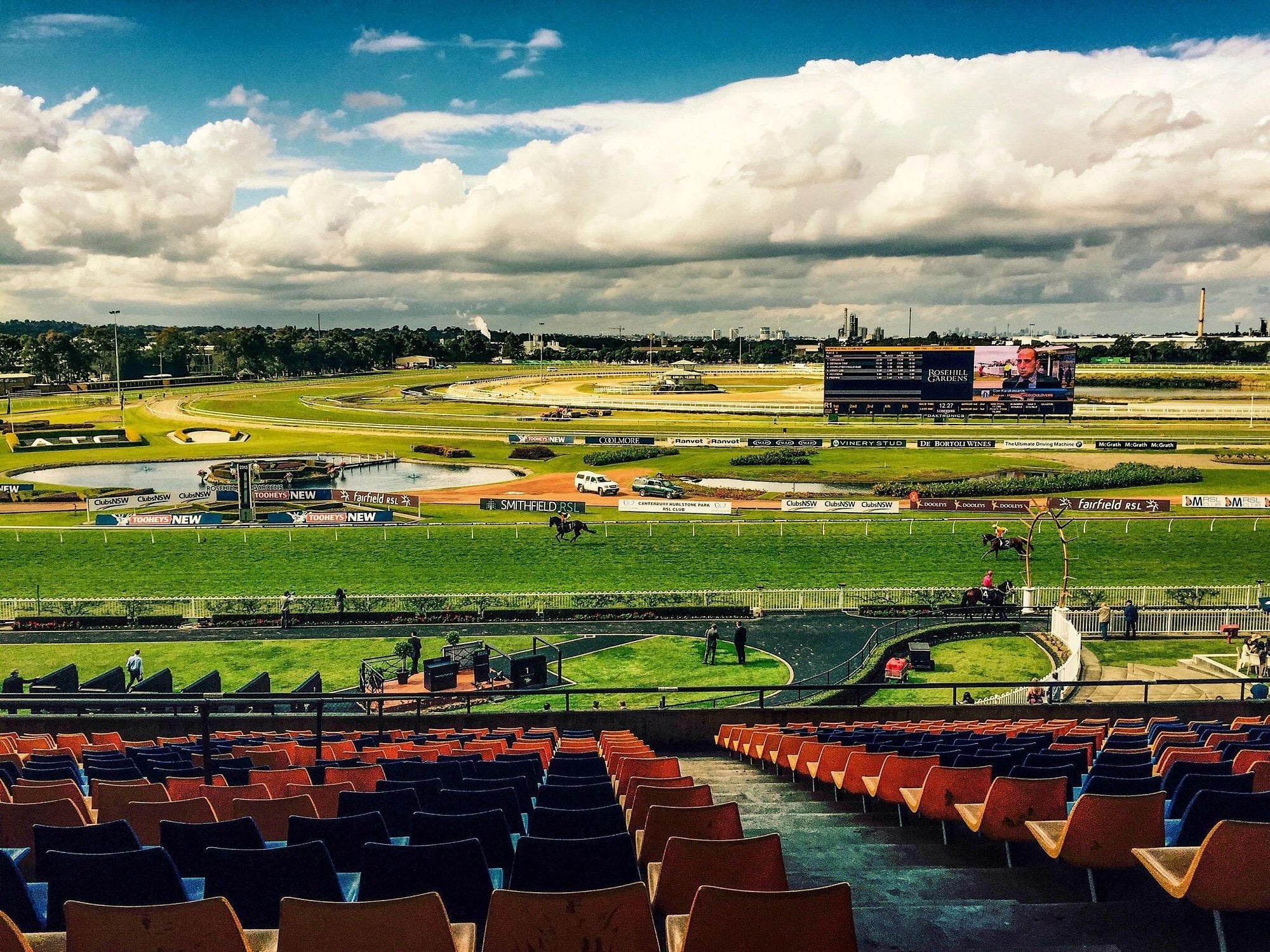The ambitious plans of the New South Wales government to construct 25,000 houses along with a metro station at the Rosehill Gardens Racecourse have hit a major roadblock. The Australian Turf Club (ATC) members recently made a pivotal decision by voting 56-44 against the proposed sale of the racecourse. This decision has sent shockwaves through the community and stirred up a wave of discussions regarding the future of the development project.
The proposal, which received backing from influential figures such as NSW Premier Chris Minns and ATC chairman Peter McGauran, was met with significant controversy right from the start. The debate surrounding the sale of the racecourse has been ongoing and fraught with delays since its inception back in 2023. The uncertainty and division surrounding the fate of Rosehill have kept stakeholders and the public on edge, awaiting a definitive resolution.
Amidst this backdrop of anticipation and tension, the recent turn of events at a meeting held at Randwick has brought forth a definitive outcome. The ATC members’ vote to reject the proposed $5 billion sale of the site to the NSW government has not only stalled the housing development plans but has also raised questions about the future direction of the Rosehill Gardens Racecourse. Additionally, the ATC board’s decision to scrap the redevelopment plans for Warwick Farm racecourse as a replacement for Rosehill, citing an estimated cost of $800 million, further complicates the situation.
The repercussions of this decision reverberate far beyond the confines of the turf club and the local government. The implications of halting a project of this magnitude extend into various aspects of urban planning, real estate development, and public infrastructure. The setback faced by the housing project underscores the challenges and complexities involved in balancing the interests of different stakeholders and navigating the intricacies of large-scale development initiatives.
Community perspectives on this issue are diverse and reflective of the broader concerns surrounding urban development and land use. While some residents may view the rejection of the Rosehill sale as a victory for preserving green spaces and historical landmarks, others may express disappointment over the missed opportunities for affordable housing and improved transportation infrastructure in the region. The clash of interests and values in this scenario highlights the inherent tensions that arise when balancing economic growth with environmental conservation and societal welfare.
As we reflect on the events unfolding at the intersection of politics, business, and community interests, it becomes evident that the decision regarding the Rosehill development project carries significant weight. The outcome of this vote not only impacts the immediate plans for housing construction and infrastructure development but also serves as a case study for the complexities and challenges inherent in managing urban growth and transformation.
In conclusion, the rejection of the Rosehill sale by the Australian Turf Club members marks a crucial turning point in the trajectory of urban development in New South Wales. The decision reflects the intricate dynamics at play in balancing competing interests and priorities in the context of large-scale development projects. Moving forward, the repercussions of this vote are likely to shape future discussions and decisions concerning urban planning, housing affordability, and community engagement in the region.




Leave feedback about this